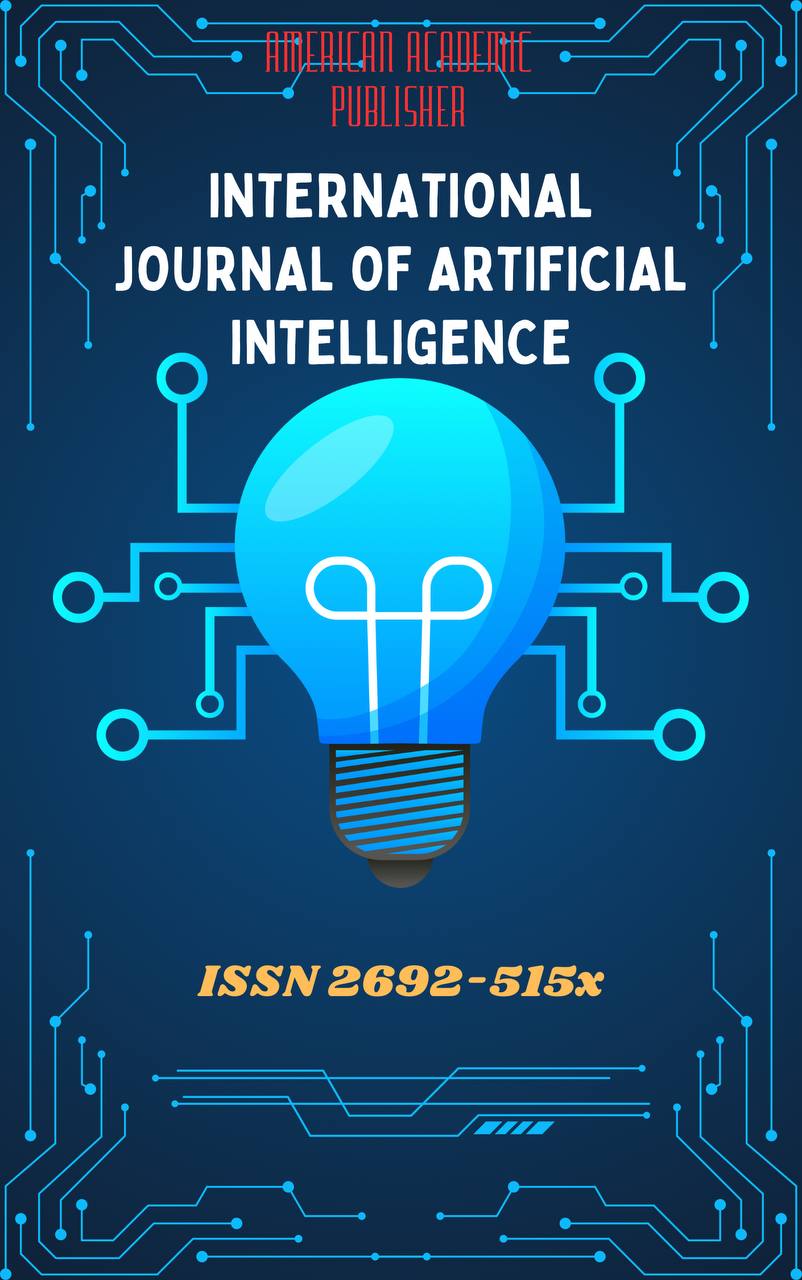 Articles
| Open Access |
Articles
| Open Access | INTEGRATION OF NATIVE LANGUAGE AND LITERATURE SUBJECTS: APPROACHES AND PRACTICES
Qurbonboyeva Mohidil ,Abstract
This article explores the theoretical and practical aspects of integrating the subjects of the native language (Uzbek) and literature in secondary education. The integration is viewed through the lenses of competency-based, systematic, communicative, and culturally responsive approaches. Emphasis is placed on developing linguistic, stylistic, and communicative competencies through literary texts, as well as enhancing students' aesthetic thinking in native language classes by analyzing literary devices. The study presents practical strategies for classroom integration, demonstrating how this interconnected instruction strengthens students’ independent thinking, expressive skills, and literary appreciation.
Keywords
integration, native language, literature, communicative competence, stylistics, aesthetic development, interdisciplinary approach, teaching practices, language and literature, Uzbek education
References
Karimov, B. (2020). Teaching Grammar through Literary Contexts. Tashkent: Fan.
Quronov, D. (2018). Foundations of Literary Theory. Tashkent: O‘zbekiston.
Umarov, O. (2022). “Interdisciplinary Teaching Practices in Language and Literature.” Education and Pedagogy, 4(2), 45–58.
Ganieva, M. (2021). “Integrated Approaches to Language and Literature Teaching.” Uzbek Journal of Language Studies, 3(1), 61–73.
Navoiy, A. (2005). Xamsa. Tashkent: G‘afur G‘ulom Publishing House.
Ministry of Public Education of Uzbekistan (2021). Literature Curriculum and Teacher’s Guide (Grades 5–11). Tashkent.
Richards, J. C., & Rodgers, T. S. (2014). Approaches and Methods in Language Teaching (3rd ed.). Cambridge: Cambridge University Press.
Article Statistics
Downloads
Copyright License

This work is licensed under a Creative Commons Attribution 4.0 International License.

